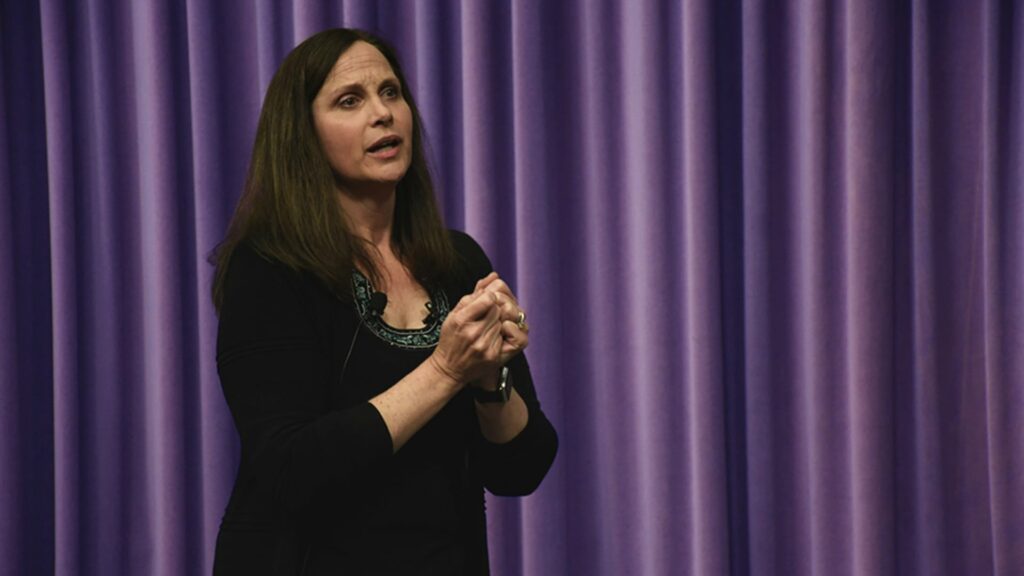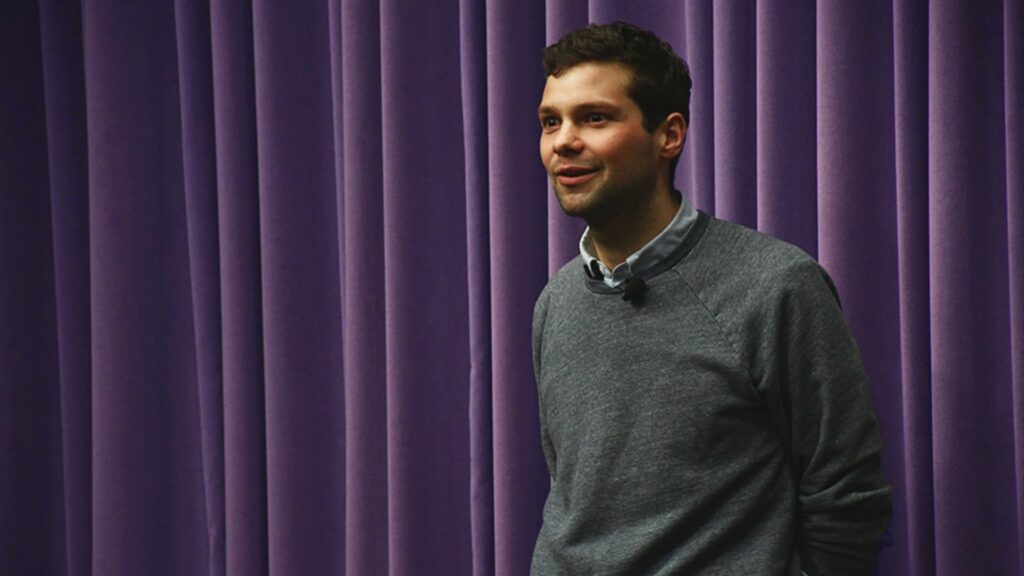
Business classes are not a prerequisite for entrepreneurship, and yes, some of the most storied startup founders were college dropouts. But many others say they benefited from academic courses and experiential learning opportunities that focused on the fundamentals of entrepreneurship.
Joshua Reeves, the soft-spoken CEO of a payroll and benefits startup called Gusto, began one talk on entrepreneurship by saying he attended the Entrepreneurial Thought Leaders Seminar at Stanford University 14 quarters in a row while majoring in electrical engineering.
Kevin Systrom and Mike Krieger, the founders of Instagram, met as students in an entrepreneurship work/study program that combines classes, mentoring and other immersive experiences. They and other entrepreneurs who went through the nine-month Mayfield Fellows Program, also at Stanford, say it was the most insightful experience they had as students.
Other alumni of the program include startup founders like Kit Rodgers of Cryptography Research, Avid Larizadeh of Bottica and Google Ventures, David Merrill of Sifteo and Bobby Lee of BTCC. Each one of them possesses innate talents and drive, that along with insights they gained as students, propelled them to entrepreneurial success.
Elon Musk may embody the notion of a naturally gifted entrepreneur, but the aforementioned founders are proof that the necessary skills and mindset can be learned. The thought-leaders seminar and fellowship program are both offered through the entrepreneurship center in Stanford’s Department of Management Science & Engineering.
The late Peter Drucker, one of the leading management thinkers of the 20th century, said it best: “The entrepreneurial mystique? It’s not magic, it’s not mysterious, and it has nothing to do with the genes. It’s a discipline. And, like any discipline, it can be learned.”
Yes, some will argue that entrepreneurship is still more art than science, at times requiring improvisation in the face of unique and uncertain situations. But there are obvious characteristics that successful entrepreneurs tend to share. Among them are:
- a personal passion to solve a problem
- a vision for what’s innovative
- the skills to build a product or service, and a business around it
- the tenacity to constantly seek feedback, iterate and pivot
- the ability to empathize with and inspire those around you.
Emergence of entrepreneurship education
Donald Kuratko, a professor of entrepreneurship at Indiana University, Bloomington, traces the history of the academic field back to 1971, when the University of Southern California first launched a concentration in entrepreneurship for MBA students. By the early 1980s, more than 300 universities offered courses in entrepreneurship and small business, and over the next decade, that number grew to 1,050 schools, Kuratko states in his article, “The Emergence of Entrepreneurship Education: Development, Trends, and Challenges.”
When it was published in 2005, entrepreneurship education had exploded to more than 2,200 courses at over 1,600 schools around the country. Kuratko also counted more than 100 established and funded entrepreneurship centers at the time, noting emerging trends in “experiential learning” such as class projects, startup competitions and field trips exposing students to industry.
“Today, the words used to describe the new innovation regime of the 21st century are: dream, create, explore, invent, pioneer, and imagine!” Kuratko wrote. “Entrepreneurship educators must have the same innovative drive that is expected from entrepreneurship students.”
However, Kuratko notes — as do others — that more progressive universities are offering entrepreneurship courses across a wide range of schools and departments. In particular, “it is critical to expand entrepreneurship education to engineering and science departments where most of these technologies originate,” entrepreneurship professors Tom Byers (Stanford) and Andrew Nelson (University of Oregon) state in the Chicago Handbook of University Technology Transfer and Academic Entrepreneurship.
Byers and Nelson, along with Richard Dorf, an engineering professor at the University of California, Davis, wrote the textbook Technology Ventures: From Idea to Enterprise. And in it, they explain why they focus on the tech sector, and on educating science and engineering students as well as those studying business:
“The technology sector represents a significant portion of the economy of every industrialized nation. In the United States, more than one-third of the gross national product and about half of private-sector spending on capital goods are related to technology. It is clear that national and global economic growth depends on the health and contributions of technology businesses.”
At the university that spawned Silicon Valley, Stanford’s engineering school offers courses, fellowships and other learning opportunities to help students develop the knowledge, skills and behaviors to be entrepreneurial in life. And through Stanford’s involvement with the National Center for Engineering Pathways to Innovation – known simply as the Epicenter – students and faculty far beyond the valley have brought entrepreneurship and innovation to their campuses and curriculum.
Funded by a $10 million grant from the National Science Foundation, the Epicenter led initiatives that turned thousands of college students and faculty around the country into inspired advocates for bringing a focus on entrepreneurship and innovation to engineering education — touching about 300 U.S. institutions over the past five years.
The Epicenter’s leaders recently sat down and discussed how far entrepreneurship education has come in the last 20 years, and what the future holds for integrating more of it into engineering curriculum.
Creating innovators, not experts
In one instance, an entire engineering college is devoted to graduating innovators by tearing down the academic silos that have historically kept students narrowly focused on their major. Olin College of Engineering, in Needham, Mass., does this in recognition that the next Steve Jobs won’t be an expert in just one discipline — and that the late CEO of Apple didn’t even major in engineering.
At a recent Entrepreneurial Thought Leaders talk at Stanford, the president of Olin College described how the traditional model of higher learning separates the disciplines and forces like-minded students to stick together. When instead, Richard Miller said, what aspiring innovators need is to be exposed to a diversity of perspectives.
Citing research out of Stanford, Miller explained that innovation happens where three objectives overlap: feasibility, viability and desirability. But at a typical university, most of the students who focus on feasibility (can it be done?) are in the engineering school, while the students concerned with viability (is it financially possible?) are working on MBAs. Meanwhile, the students who care most about desirability (people’s emotions) are usually found in the humanities and social sciences.
“If we’re going to create innovators, we need to do a better job of integrating these in the same head, so that one person can see the whole picture,” said Miller, a leader in the movement to revolutionize and reshape engineering education. “The big message for engineering schools: No amount of doubling down on math and science courses is going to improve the output of innovators.”
The point is that the most important traits in entrepreneurship aren’t necessarily inherited or the result of total luck. While charisma and happenstance certainly play a role, prominent educators agree that people can learn to be entrepreneurs.
Fortunately, there is no shortage of programs, organizations and universities that want to prepare the next generation of innovators – and the need for them has never been greater.







